Ruins of Ephesus, Turkey
Ephesus is discovered on a small group tour for mature and senior travellers couples and solo travellers into Ancient Turkey influenced by the Roman and Greek history.
14 Dec 20 · 6 mins read

Ephesus Ruins
The well-preserved ruins of the ancient city of Ephesus lie near the western shores of modern-day Turkey, where the Aegean Sea meets the former estuary of the River Kaystros, 80km south of Izmir. Considered as one of the most precious ancient sites, Ephesus’ ruins tell the story of the once most important ancient Greek city and trading centre in the Mediterranean region. Ancient Ephesian treasures like the remains of the giant Temple of Artemis, the lavish Library of Celsus, a gigantic 25,000 seat amphitheatre, and the well-preserved Hadrian Temple all reveal a city of grand historical, cultural and architectural significance.
Odyssey Traveller conducts a day trip tour of the ruins of Ephesus as part of our Discover Turkey escorted small group history private tour. We visit ancient Ephesus with its terrace houses, the Archaeological Museum and the Temple of Artemis, one of the Seven Wonders of the Ancient World. We also visit the Virgin Mary’s house. This article explores the history of Ephesus through the Archaic, Hellenistic and Roman times to assist you with your guided tour.

The Founding of the City
According to Greek mythology the city of Ephesus was created by the Ionian Androclos, the son of legendary King of Athens, in the 11th century BCE. In the search for a new Greek settlement, he is said to have turned to the Delphi oracles for guidance. But after the oracle revealed that a wild board and a fish would identify the place, Androclos set off to sail across the Aegean Sea not quite understanding the prophecy.
Some time later his friends were cooking fish on an open fire when a fish flopped from the pan and landed in the nearby bushes. Then a spark from the fire ignited the bushes and a wild board run out to escape the flames. Recalling the oracles’ wisdom, Androclos understood he had found the location of his new city, subsequently building it where the bushes stood and calling it Ephesus.
However, some historians disagree that the Ionians were the ones who founded this city. According to a different legend Ephesus was founded by the Amazons, a tribe of female warriors, who named the city after their queen, Ephesia. Meanwhile excavations have revealed that settlement of the area dates back all the way to 6000 BCE, to the Chalcolithic Periods, by Anatolian Tribes.
Nevertheless, it was during the long period of reign by Androclos and his descendants that Ephesus grew to prominence. The city became a member of the Ionian League, attracted large migrations of Ionians, and developed into a prosperous city, a centre of trade and banking.
Archaic Period
Ephesus’ commercial prosperity would eventually attract the interest of the king of Lydia, Kroisis, who conquered the city around 560 BCE. Although he ruled harshly, he treated the inhabitants with respect and even became the main funder of the rebuilding of the Temple of Artemis, one of the Seven Wonders of the Ancient World. Estimated to be four times larger than the Parthenon, the temple honoured the Greek goddess of hunt and wilderness and was a sanctuary for beautiful pieces of art, much of those sculptures by the famous Greek artists Kresilas, Phidias and Polyclitus.
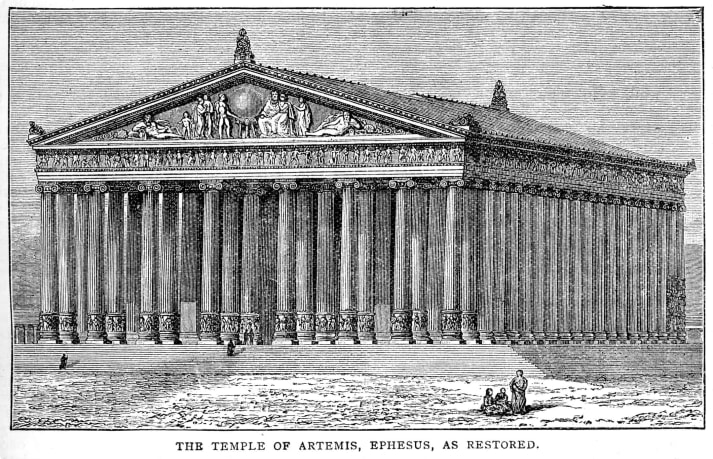
Ephesus thrived under the rule of the Lydian Kings becoming one of the wealthiest in the Mediterranean world. Women enjoyed rights and opportunities equal to men, and it developed into a centre of learning famous as the birthplace of the renowned philosopher Heraclitus.
The Lydians ruled Ephesus until the Persian Wars when it fell to the Persian Empire along with the rest of Anatolia. However, whereas other Ionian cities rebelled against Persian rule, Ephesus remained neutral and thus escaped the destruction suffered by the other cities continuing to prosper as an important port of trade.
Hellenistic Period
When Alexander the Great defeated the Persian forces at the Battle of Granicus in 334 BCE, the Greek cities of Asia Minor were liberated. Upon Alexander’s death in 323 BCE, Ephusus came under rule of on his generals, Lysimachus.
Due to marshy earth causing malaria and many deaths among the population of Ephesus, Lyimachus decided to move the city two miles away to the valley situated between mountains Koressos and Pion. He also constructed a new harbour and built a defensive 9km long wall. Once more the city grew into one of the most important commercial ports in the Mediterranean and several public buildings such as stadiums, gymnasiums and theatres were built in it.
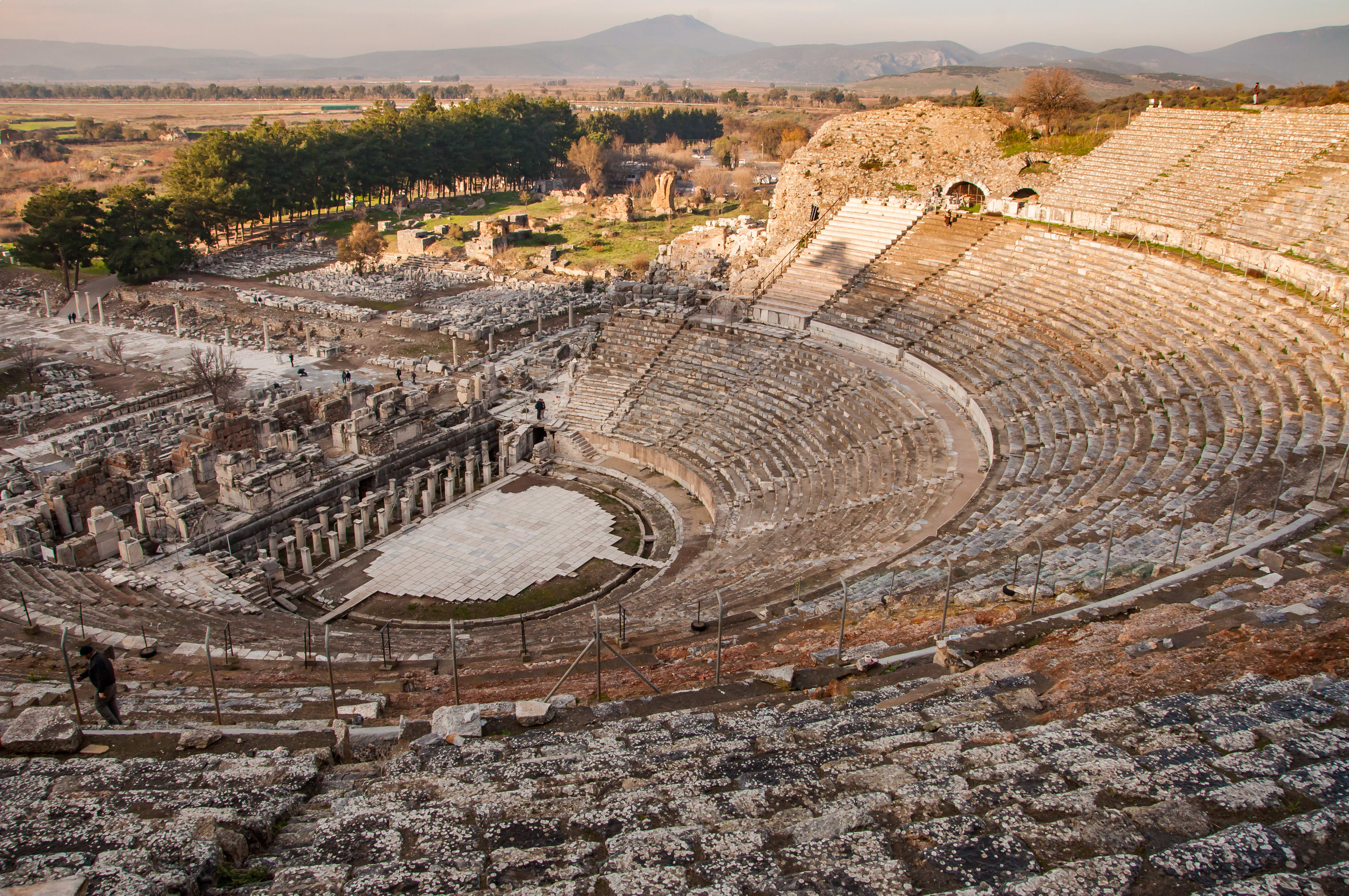
Roman Period
After Lysimachus’s death, the city was ruled by the Egyptians and the Syrians before being conquered by the Romans in 190 BCE. Originally ruled indirectly through the King of Pergamum, Eumenes II, it was bequeathed officially to the Roman Republic following the death of his grandson King Attalus III of Pergamum in 129 BCE.
From the start of the reign of the Roman Emperor Augustus in 27 BCE lasting until the third century CE, Ephesus enjoyed its most prosperous time. Augustus made the city capital of the Asian province of the Roman Empire growing it into a metropolis and the most important trading centre of Asia Minor with a population of 250,000 people. According to some sources, Ephesus was second only to ancient Rome as a cosmopolitan centre of culture and commerce.
Most of the ruins of Ephesus that survive today date back to this period. The Library of Celsus measured roughly 180 square metres (2,000 square feet) and may have contained as many as 12,000 scrolls. The amphitheatre archaeological site is believed to be the largest in the ancient world, estimated to have a 25,000 seating capacity, used initially for drama and later for gladiatorial combats. The ruins also include several major Roman bath complexes, one of the most advanced aqueduct systems in the ancient world, and several temples including the Temple of Hadrian and the Temple of the Sebastoi.
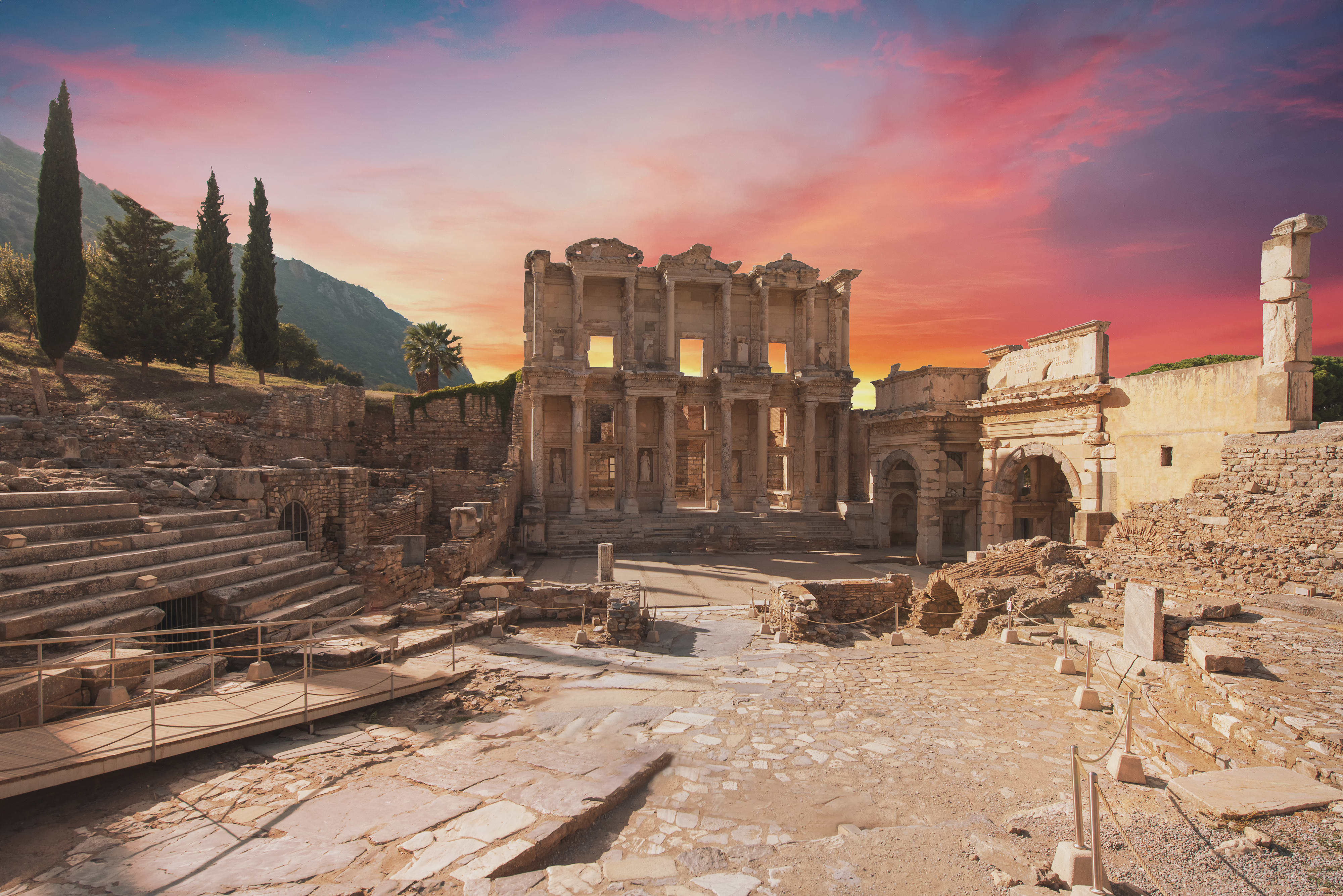
Ephesus is also known as one of the most important early Christian cities having played a vital role in the spread of Christianity during the Roman period. From the first century CE onwards, the city was visited repeatedly by early Christians such as Apostle St John and St Paul winning many Christian converts in the process. And the virgin Mary, mother of Jesus, is said to have spent her last years there. St John’s tomb and Mary’s house may still be visited today.
The Decline of Ephesus
The Goths invaded and destroyed Ephesus in 263 CE and although it was subsequently rebuilt, it was never to recover its former splendour. Although it did function as a very important city during the Byzantine era, with a deteriorating harbour its economy struggled – and with destructions by an earthquake in 614 and Arab invasions in the 8th century it fell into decline.
The city experienced a brief period of growth and construction under the rule of the Seljuk Turks in the 14th century; but by the 15th century it was in dire straits, its harbour practically useless, and was again abandoned with no possibility of regaining its past flourishing. Today its legacy is left to archaeologists, historians and the thousands of visitors to flock to the region each year to see the ancient ruins.
Tour of the Ruins of Ephesus
Odyssey Traveller conducts an Ephesus tour as part of our Discover Turkey escorted small group history tour during which we visit some of the most spectacular, varied, and historically important sites in the ancient world. This small group Turkey tour begins and ends in Istanbul, Turkey’s largest city and seaport, and the place where east meets the west on the Bosphorus strait. Discover Turkey with Odyssey on this amazing guided tour through the ancient world linking the Black sea, Egypt, Syria and Europe together on this history tour. Our tour packages are especially designed to be suitable for mature-aged and senior travellers, whether joining as a couple or as solo travellers.
Odyssey Traveller has been serving global travellers since 1983 with educational tours of the history, culture, and architecture of our destinations. We specialise in offering small group tours partnering with a local tour guide at each destination to provide a relaxed and comfortable pace and atmosphere that sets us apart from larger tour groups. Tours consist of small groups of between 6 and 12 people and are cost inclusive of all entrances, tipping and majority of meals. For more information, click here, and head to this page to make a booking.
Articles about Turkey published by Odyssey Traveller.
- Treasures of the Ottoman Empire
- Turkey: From Anatolia to the Ottoman Empire
- Ten Unimaginable Destinations
- Ten Books for Travellers to Turkey
- Ten Things to See in Turkey
For all the articles Odyssey Traveller has published for mature aged and senior travellers, click through on this link.
External articles to assist you on your visit to Turkey.
- What to see in Turkey in 5 days? (Holidayme.com)
- How to spend 3 days in Turkey (Drifter Planet)
- 10 Days in Turkey: A Travel Itinerary (Map and Magnets)
- Mosaic Art in Ephesus
- How to travel from Istanbul to Cappadocia (Turkey Travel Planner)
Related Tours
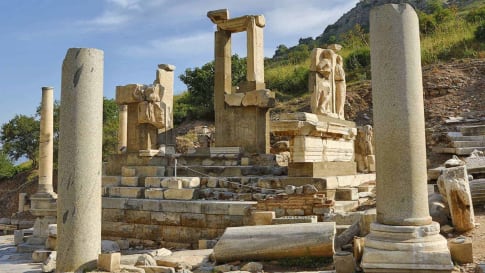
21 days
Apr, AugSmall group tour of Ancient Turkey
Visiting Turkey
As a travel company we seek to keep guests off the beaten path. Trips that are remembered for authentic experiences. Our small group journeys in Turkey are fully escorted by an experienced local guide and an Odyssey guide to give this type of experience whether at one of the many UNESCO World heritage sites explored or local bazaars. It is always about the adventure and memories that we will create.
From A$17,295 AUD
View TourArticles
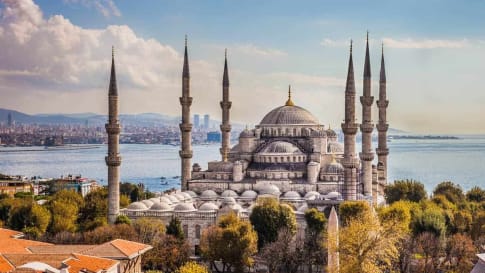
An overview of the history of Turkey for the escorted traveller.
For the senior traveller Turkey is an interesting continuum in human settlement from Neolithic to the Romans through to Ottoman period. Enjoy one on the best guided small group tours of Turkey after reading this article.

Anatolia to Ottoman Empire: Definitive Guide for Travellers
Turkey: From Anatolia to the Ottoman Empire | Small group history tours Turkey The Ottoman Empire, also historically known in the West as the Turkish Empire, was a superpower that lasted for 600 years. Parcelled…

Ankara, Turkey
Ankara, formerly Angora, the capital of the Turkish republic, is located a little to the west of central Anatolia about 350 kilometres southeast of Istanbul. It is the centre of Turkish Government and houses all foreign embassies.

Antalya, Turkey
Antalya is explored on an escorted small group tour for mature and senior travellers couples and solo travellers wishing to learn about ancient history. Learn about the Greeks, the Romans and Turkish ancient history in the Mediterranean and Black sea.
Cappadocia, Turkey
Cappadocia, Turkey Cappadocia, central Turkey, approximately 1h 15m flight from Istanbul airport to Kayseri airport, is a region of exceptional natural wonders, in particular characterized by fairy chimneys and a unique historical and cultural heritage…
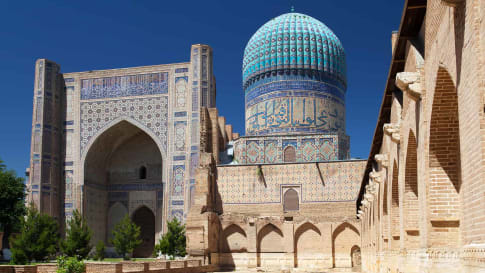
Elements of Mosque Architecture
The word "mosque" often brings to mind not this simple prayer space, but the ornately decorated monuments built by powerful Islamic rulers.
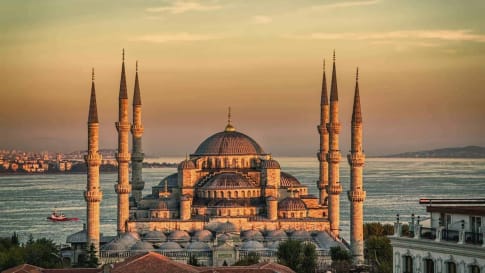
Istanbul, Imperial City: The Definitive Guide
Istanbul, Imperial City | Small Group History Tours Turkey For more than a thousand years, Constantinople stood as the capital of the Byzantine Empire, surviving numerous attacks and internal rebellions, until the cannons of the…
Izmir, Turkey
Izmir, Turkey Izmir is the location of the ancient Smyrna situated in the Gulf of Izmir on the Aegean Sea. This city only recently lost to Istanbul, after 1400 years, the honour of being the…

Ottoman Empire: The Definitive Guide for Travellers
The Ottoman Empire, c. 14th-20th centuries | Small group history tours Turkey The Ottoman Empire once extended from Iraq to North Africa, from Arabia to the Balkans, even pressing to the walls of Hapsburg Vienna…
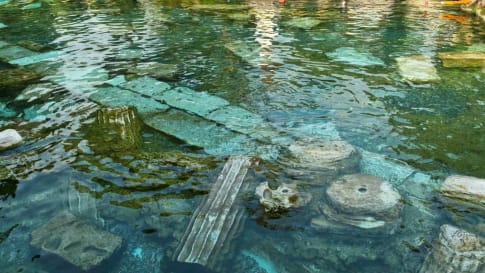
Pamukkale, Turkey
Pamukkale, which in Turkish translates to "Cotton Castle", is a UNESCO World Heritage Site and one of Turkey's famous and most visited tourist attraction.

The Bosporus and the Black Sea, Turkey
Learn more about where Europe and Asia meet and the history of the Bosporus on a escorted small group tour for mature and senior travellers to Europe for couples and solo travellers.
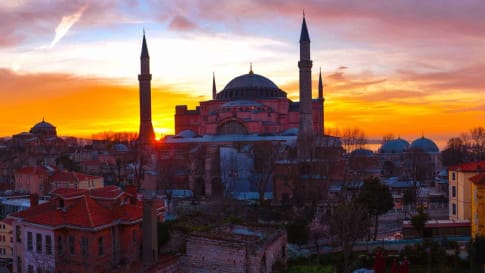
Ideas when visiting Turkey for Mature & Senior Travellers
Ten things to see in Turkey | Small group history tours Turkey Turkey has much to offer when it comes to the nation’s history, food, and landscape. The country has a number of ancient monuments…

Ten books for travelling to Turkey
Ten Books to Read about Turkey One of the world’s few trans-continental nations, Turkey is where east meets west, Europe meets Asia, and religion meets modernity. The capital city, Istanbul – once Byzantium, and then…


